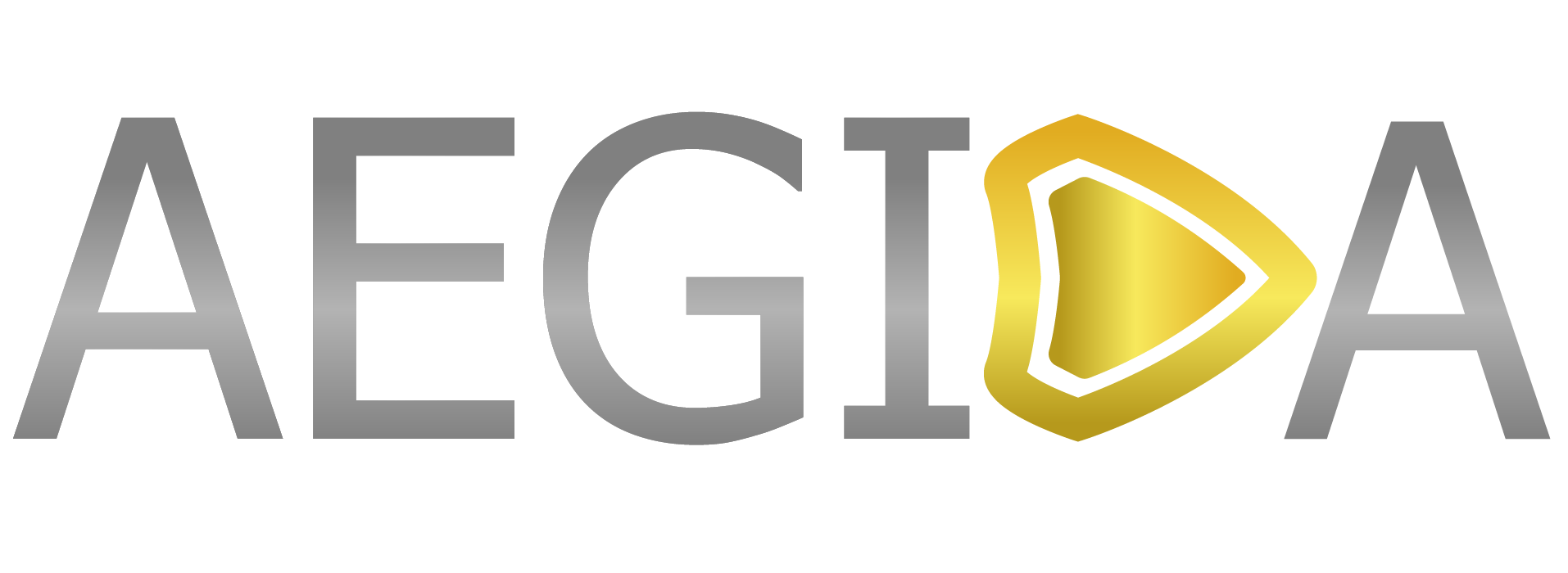“They did it again!”– this is what presumably W. Kim & R. Mauborgne, the authors of Blue Ocean Strategy, would exclaim if they heard about the innovative idea of Roncalli circus in Cologne, DE to add animals again to its show. And they would be referring to the disruption of the industry from yet another circus.
Elephants, zebras and even fishes are back at circus. Roncalli in collaboration with an audio and visual solutions company has come up with the fascinating idea of adding holograms – 3D images formed by the interference of light beams- of animals to its show and revive the experience of the audience.
Circus Du Soleil of Canada is the first example of blue ocean examined by the authors in their book, where the analytical tools and the four actions framework (Reduce-Create-Raise-Eliminate) of a new value curve are being extensively analyzed. Focusing on alternatives and not on competitors is what the disruptors do, in their pursuit to shift the strategy canvas of their industry and create blue oceans out of red ones. In the case of Roncalli technology is the driving force behind the disruptive alternative of using holograms instead of actual animals.
During a business lunch the other day I met coincidentally Erich, the CEO of Conelli circus at Bellevue in Zurich, which operates only 40 days a year around Christmas time. He referred to the challenges of being active in the entertainment industry and what it takes to remain competitive in a red market. He personally believes that quality of services and product differentiation keep customers happy.
Bernhard Paul, the CEO of Roncalli circus, is an excellent rhetorician and big companies invite him to speak internationally about topics such as: The Art of Enactment, The Philosophy of Sales and Emotionalization. He sure has something to teach.
